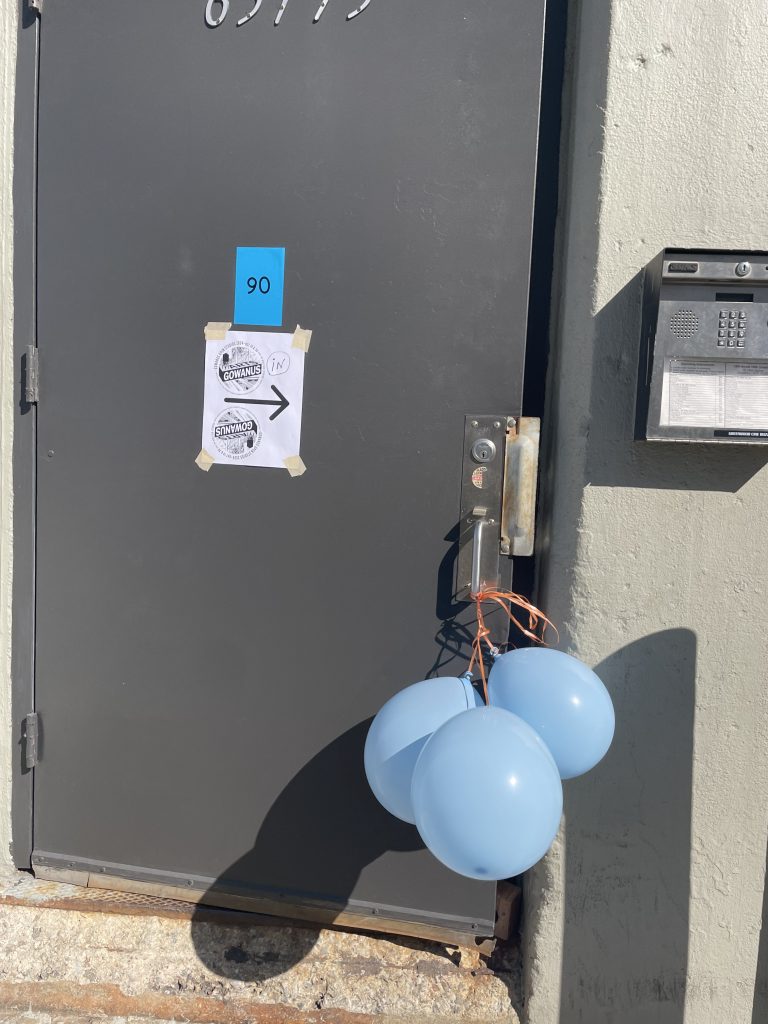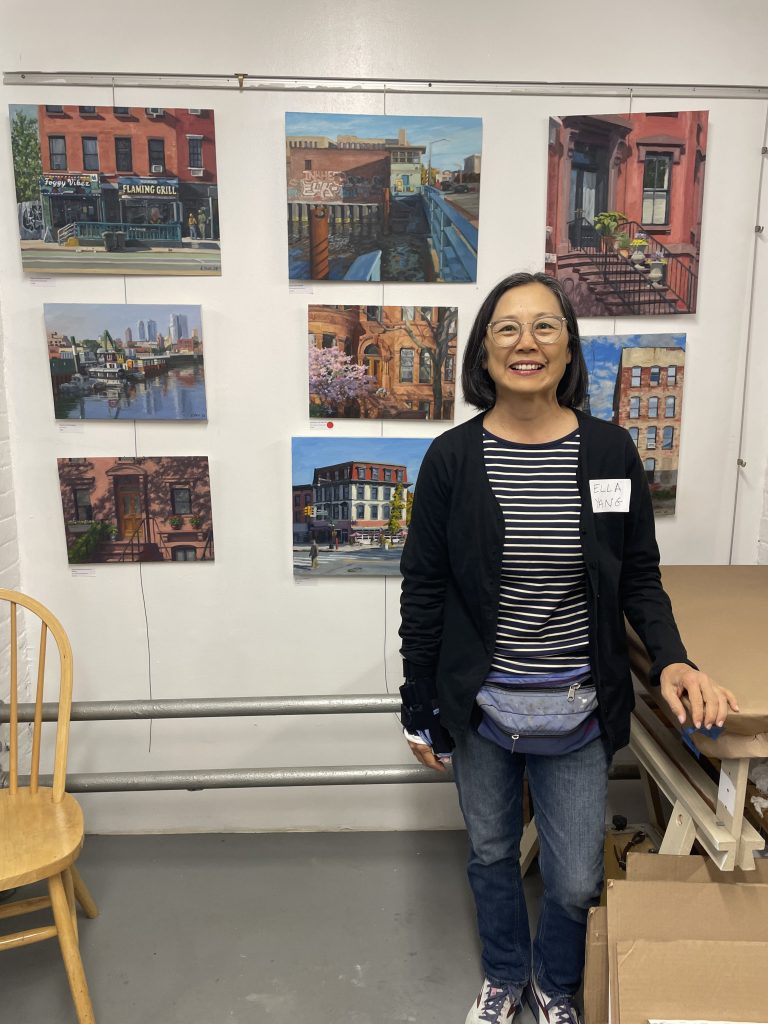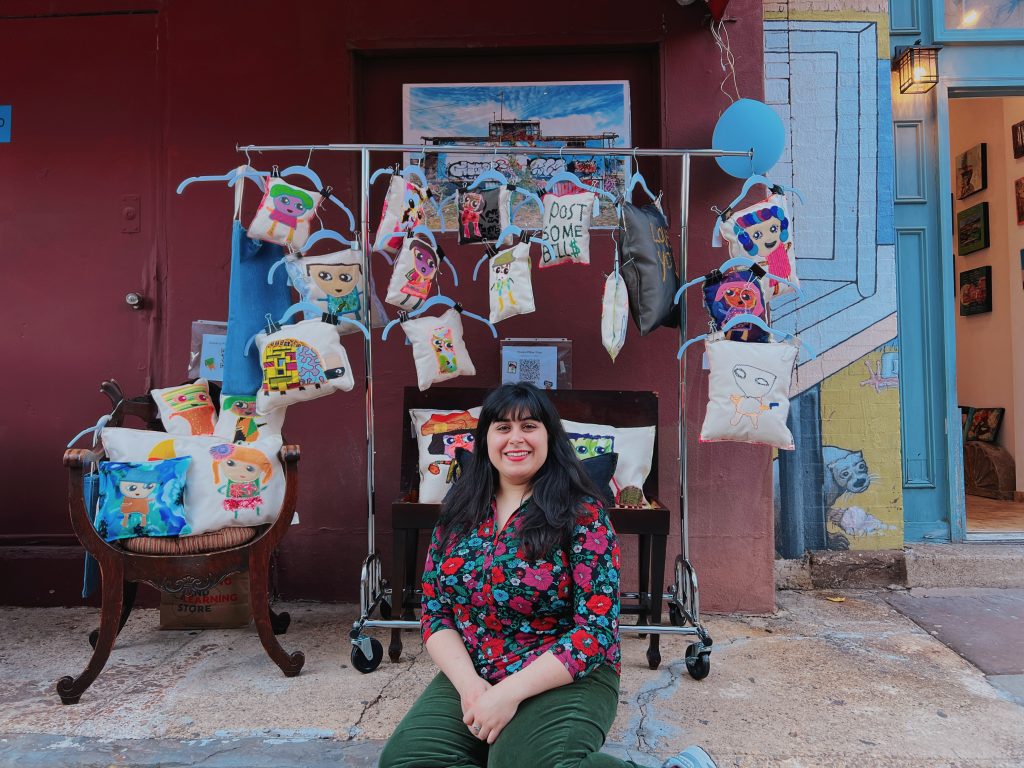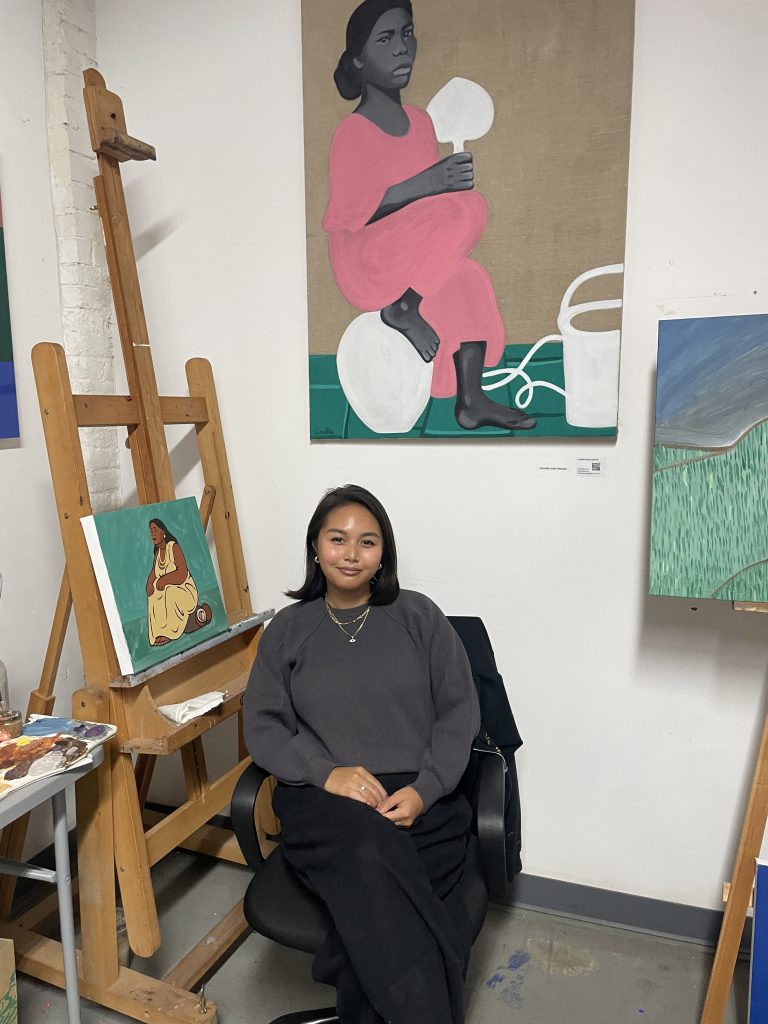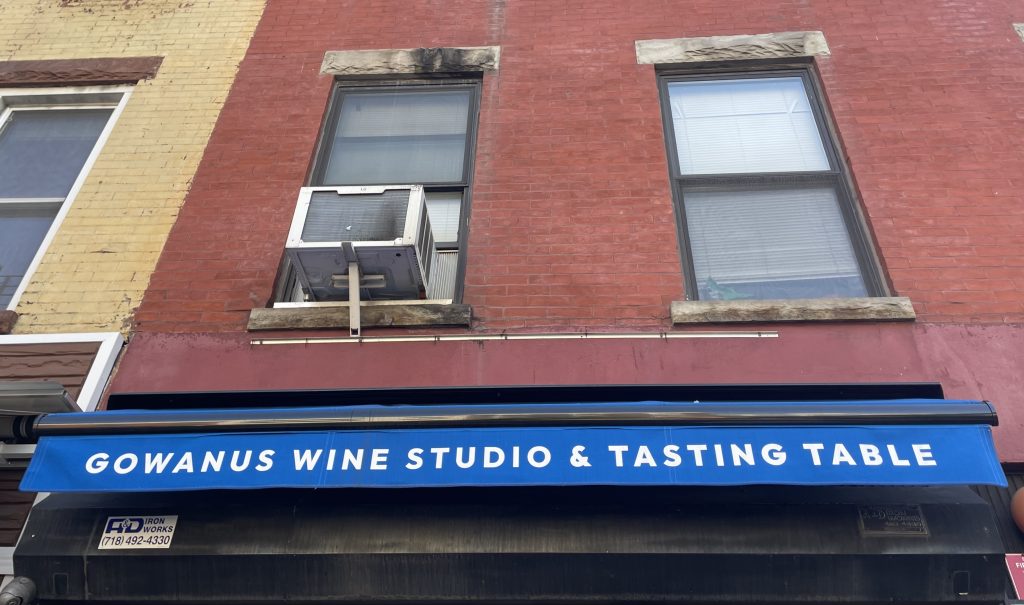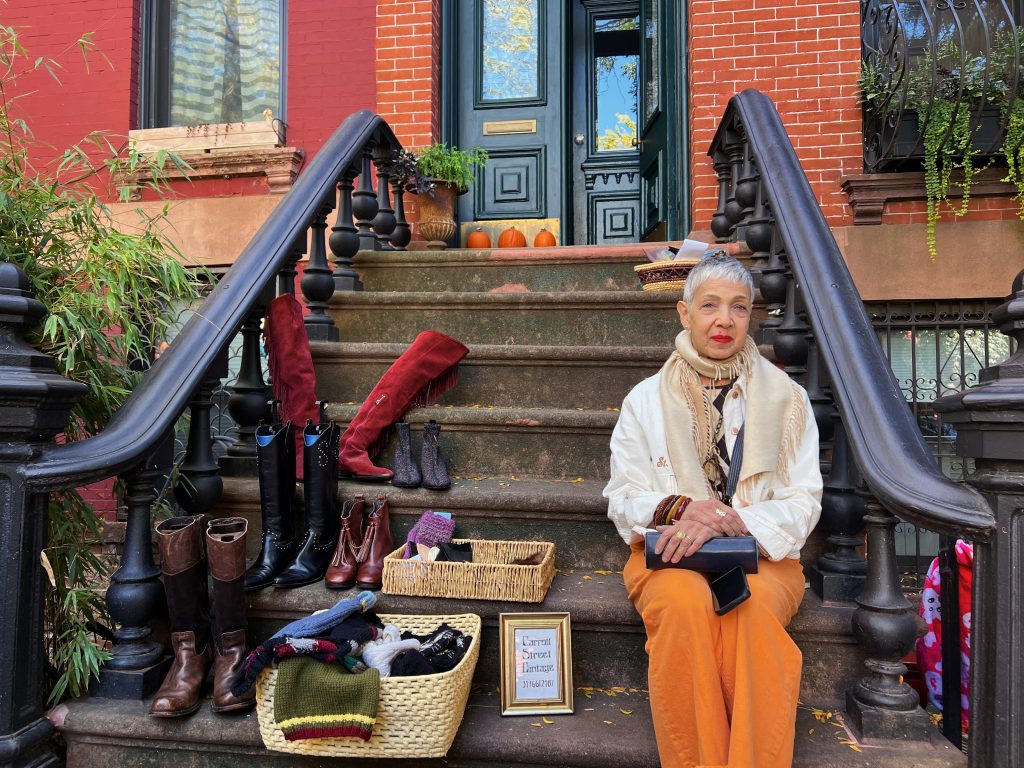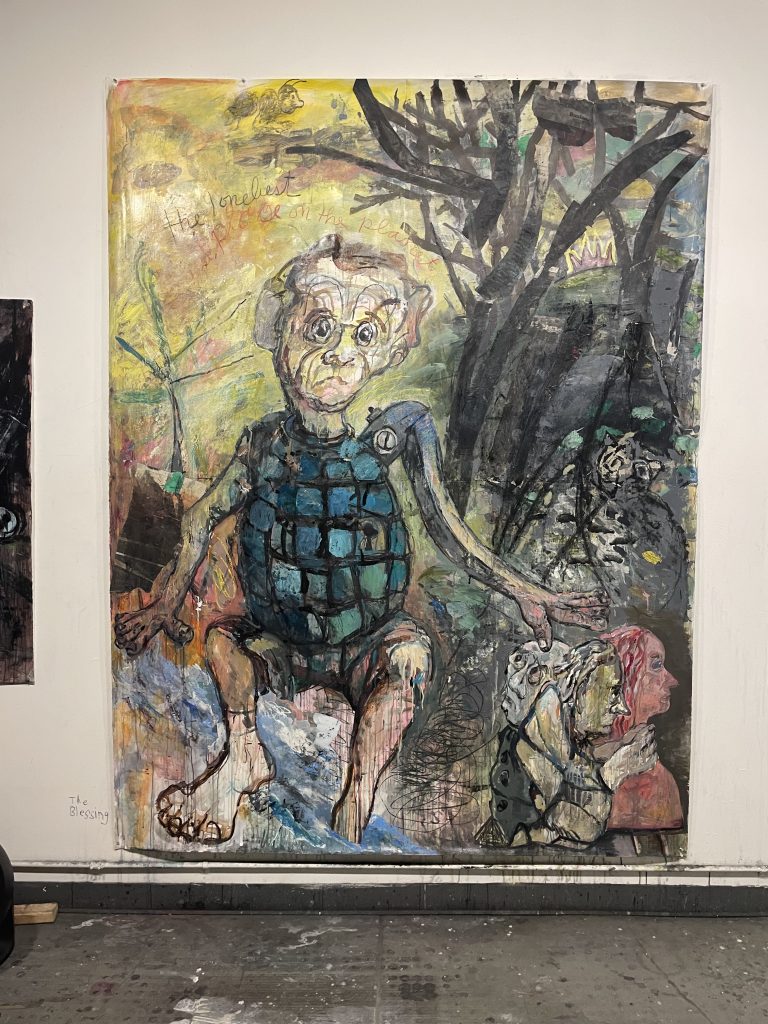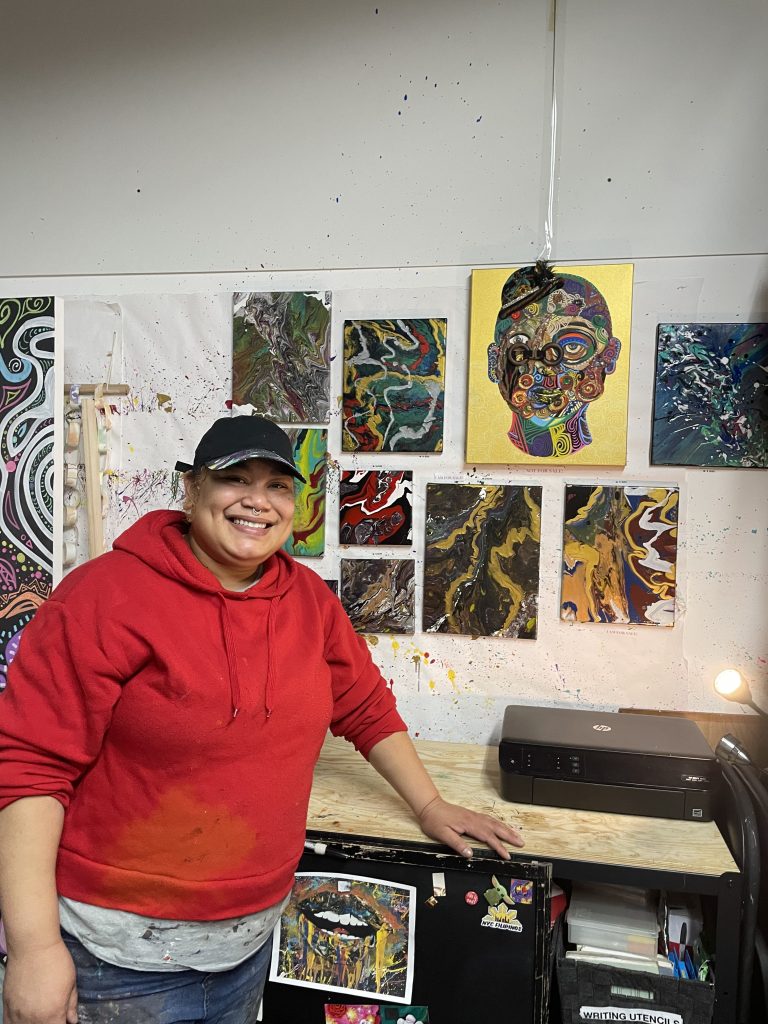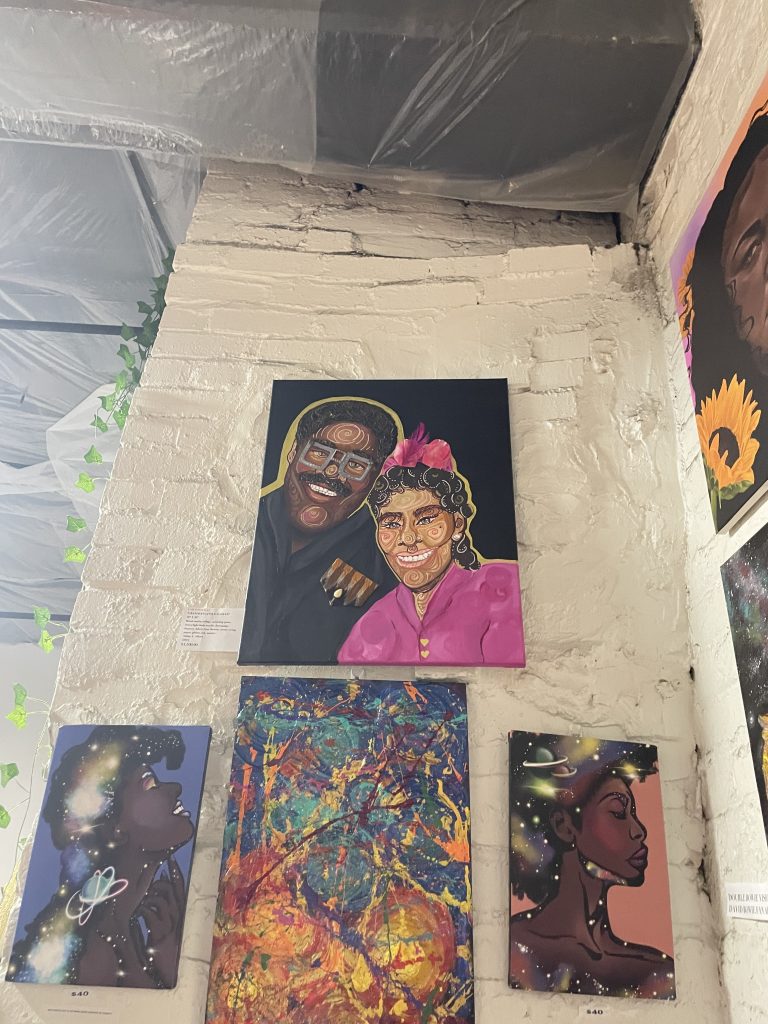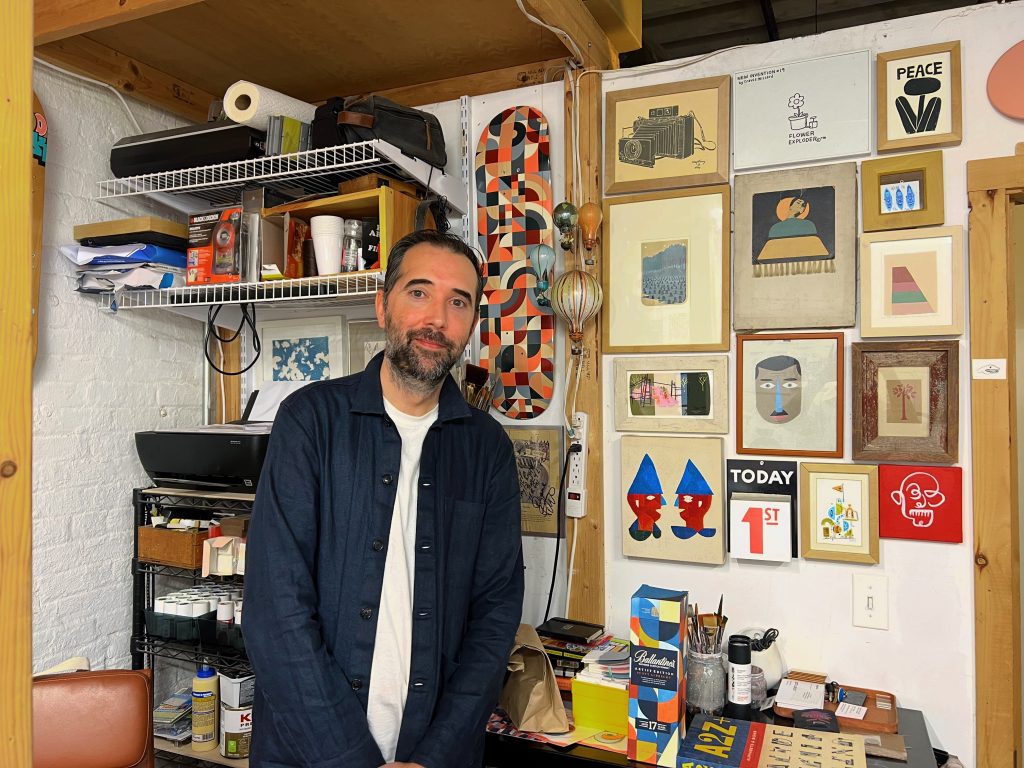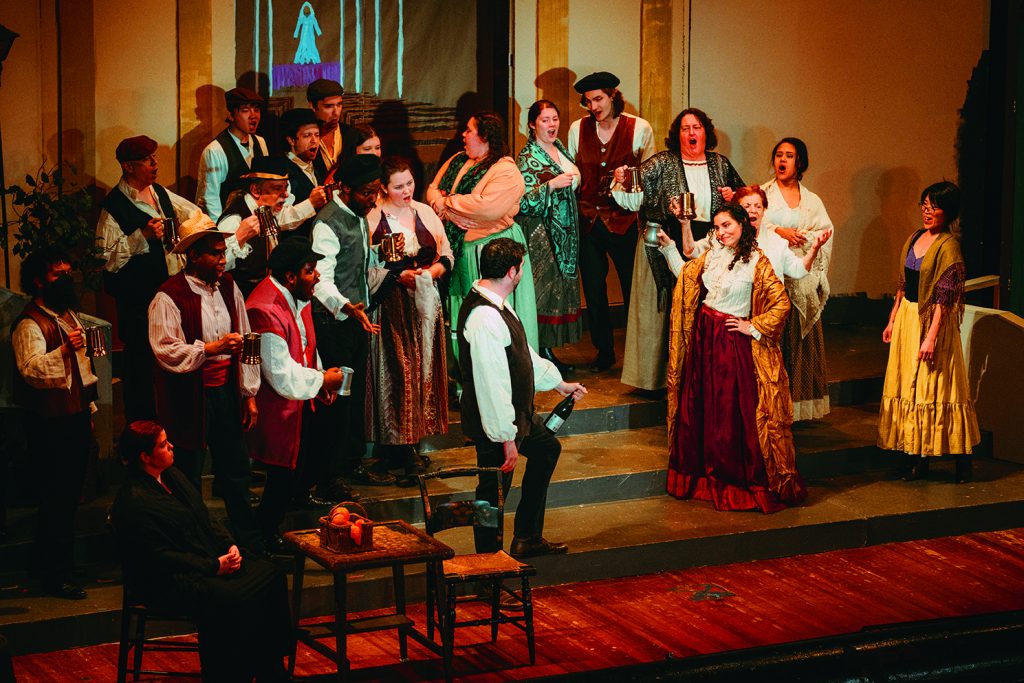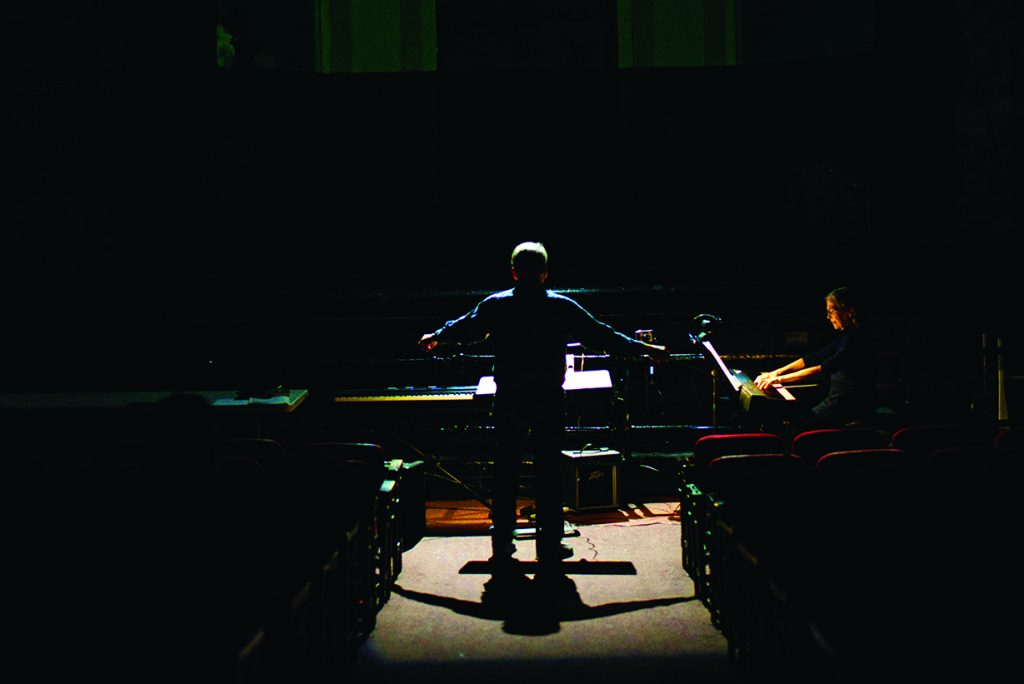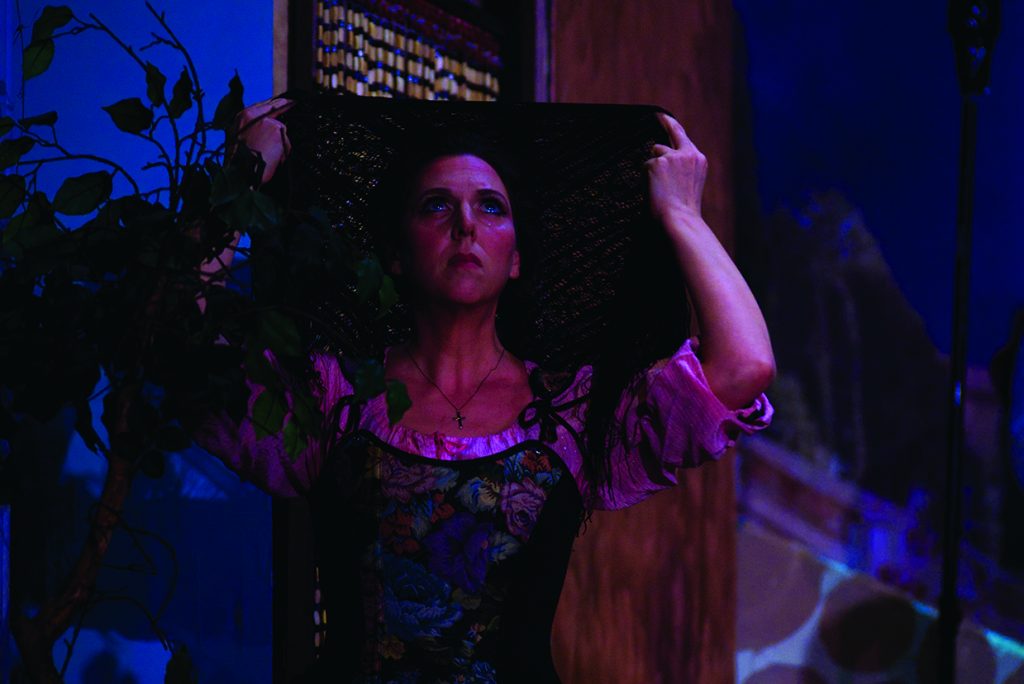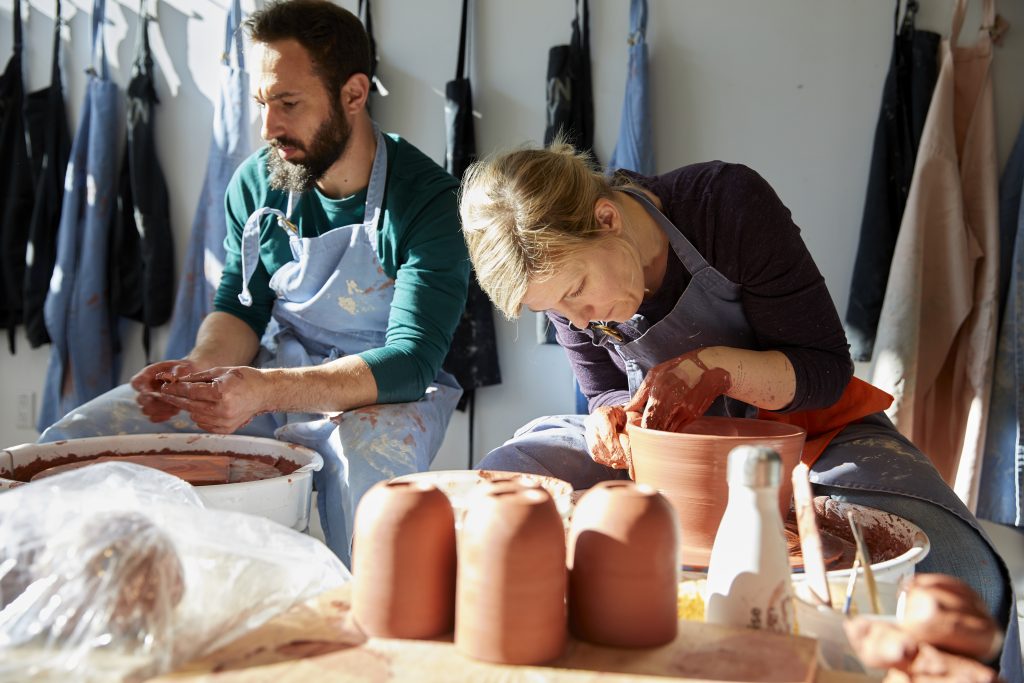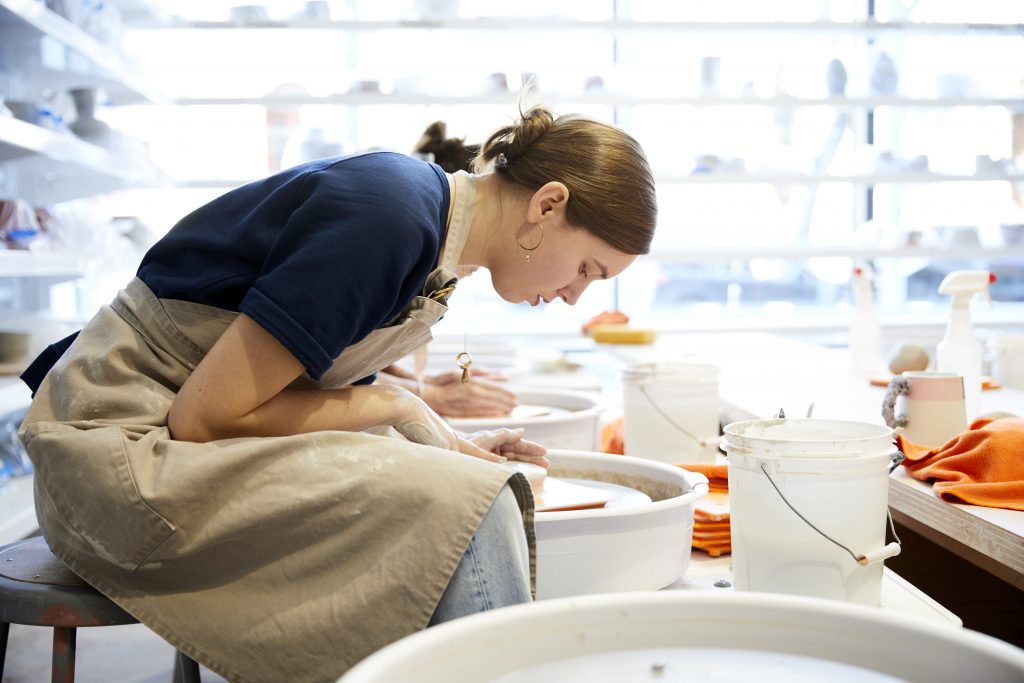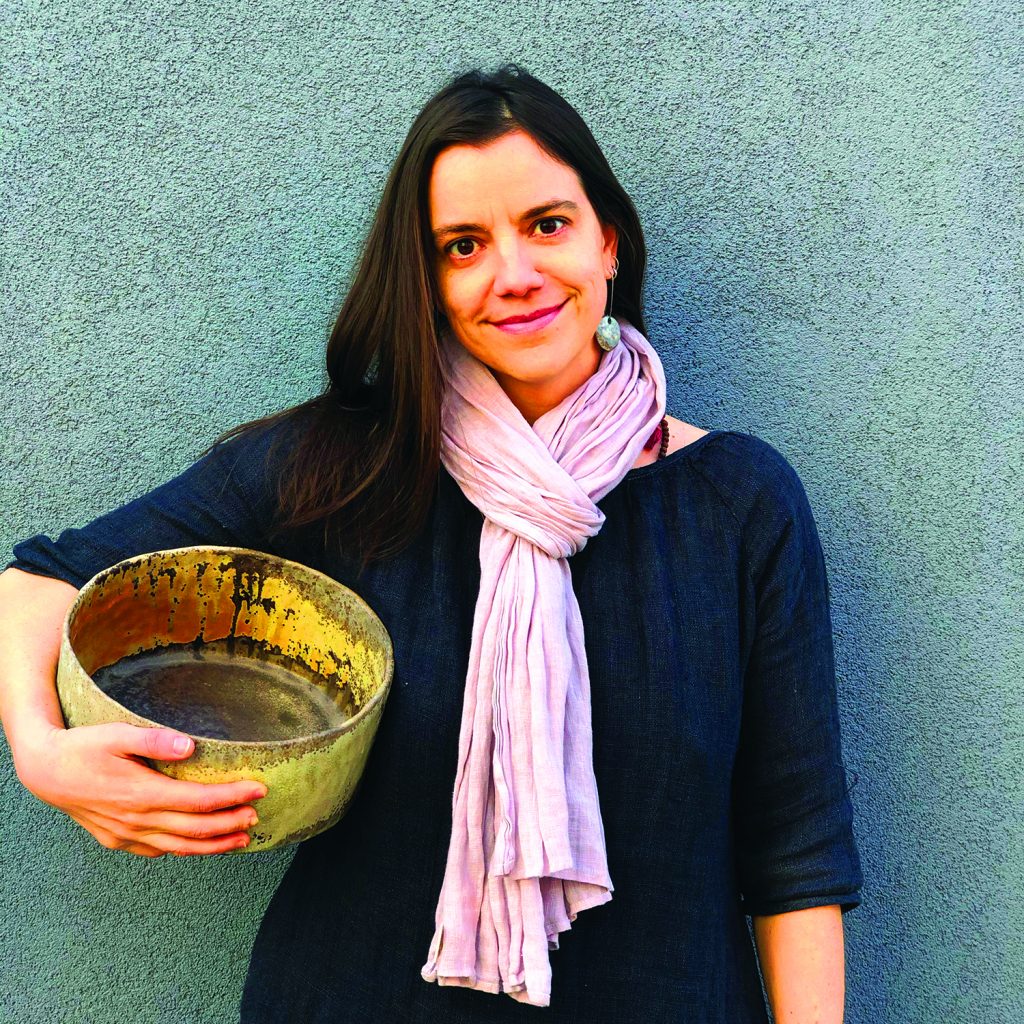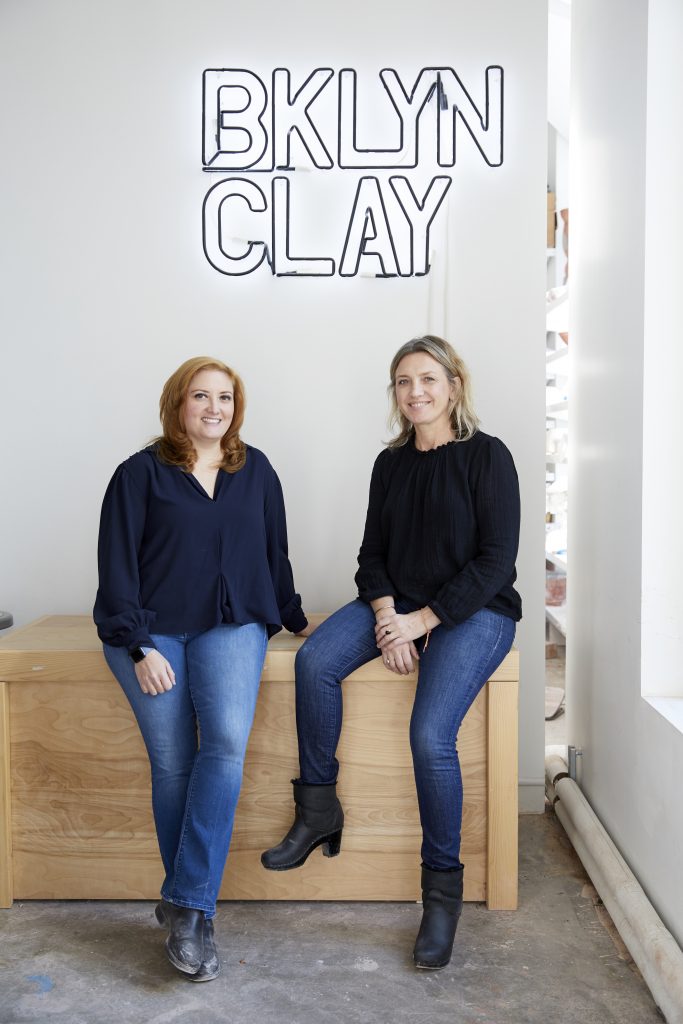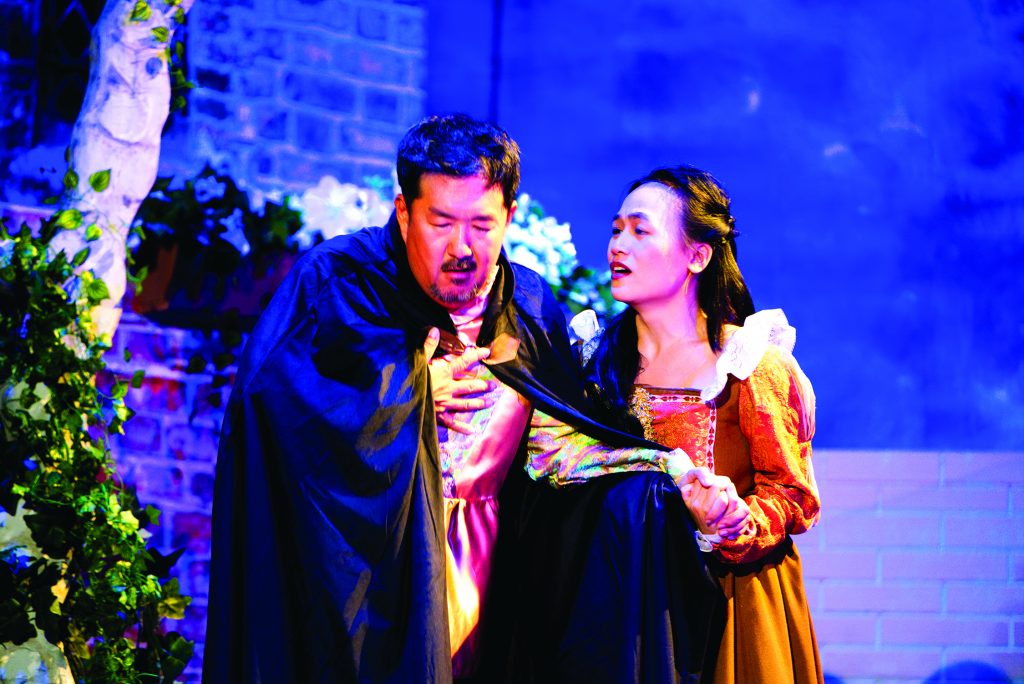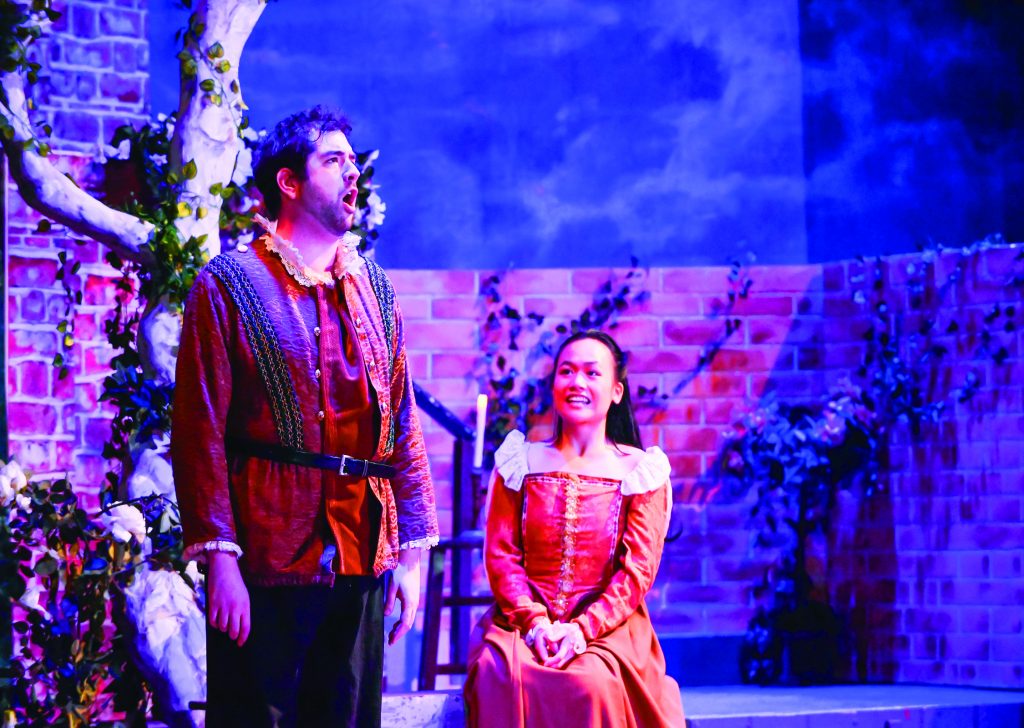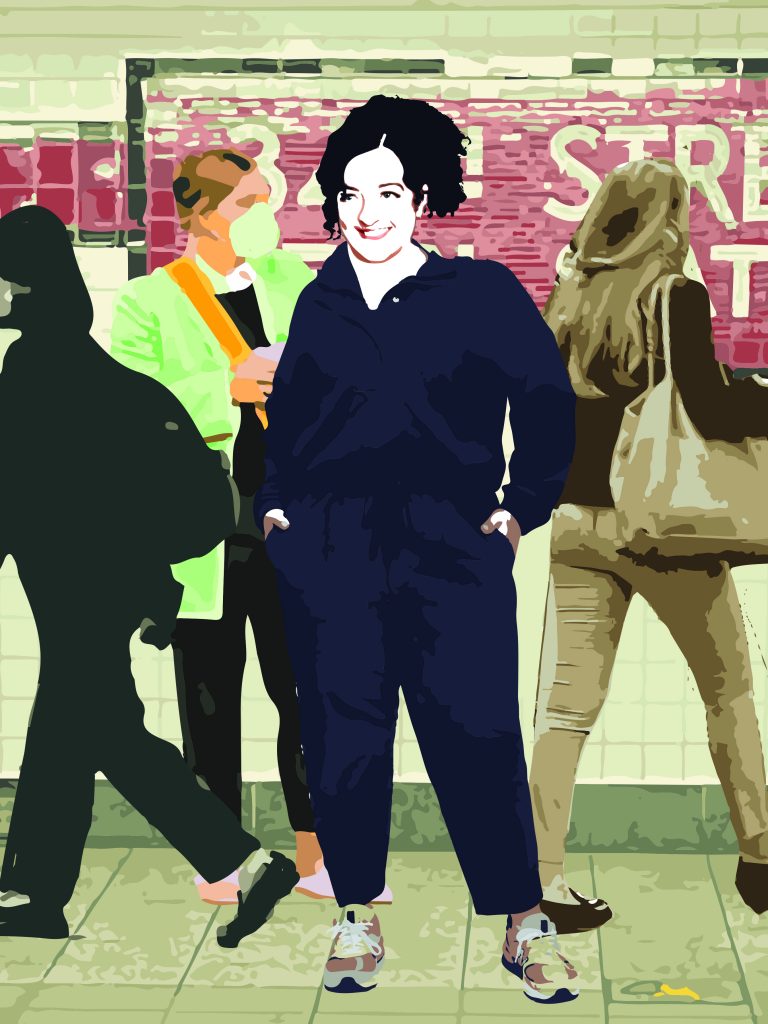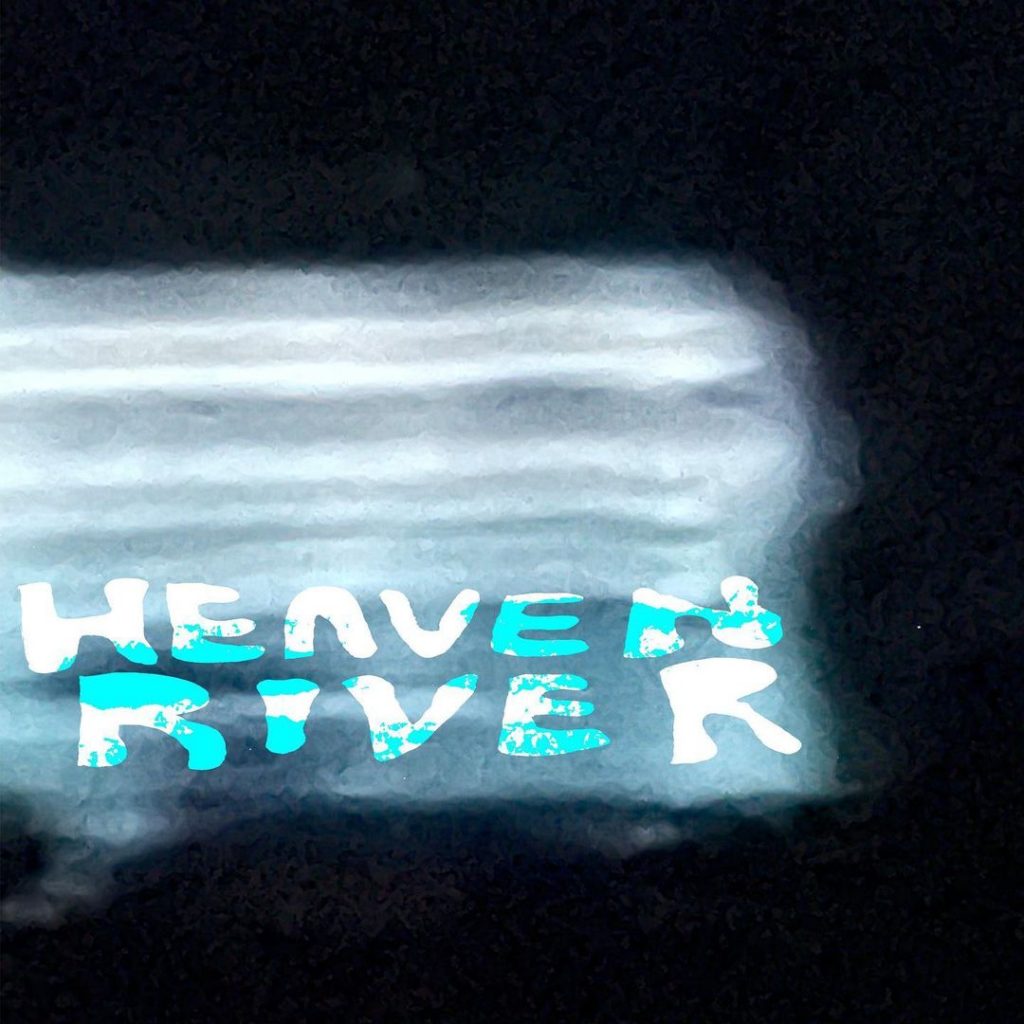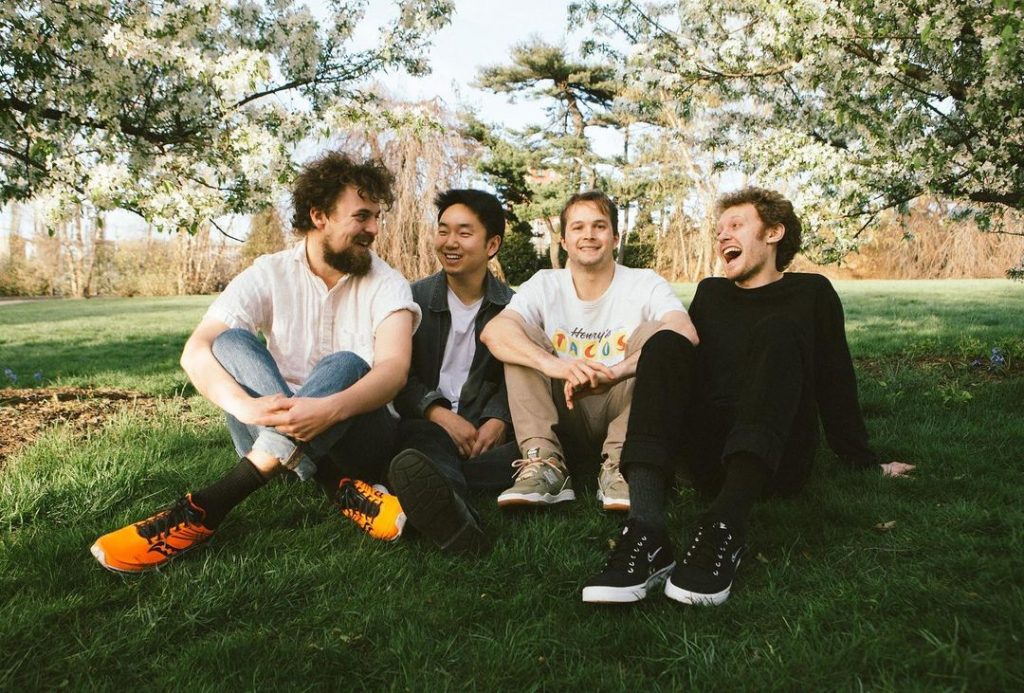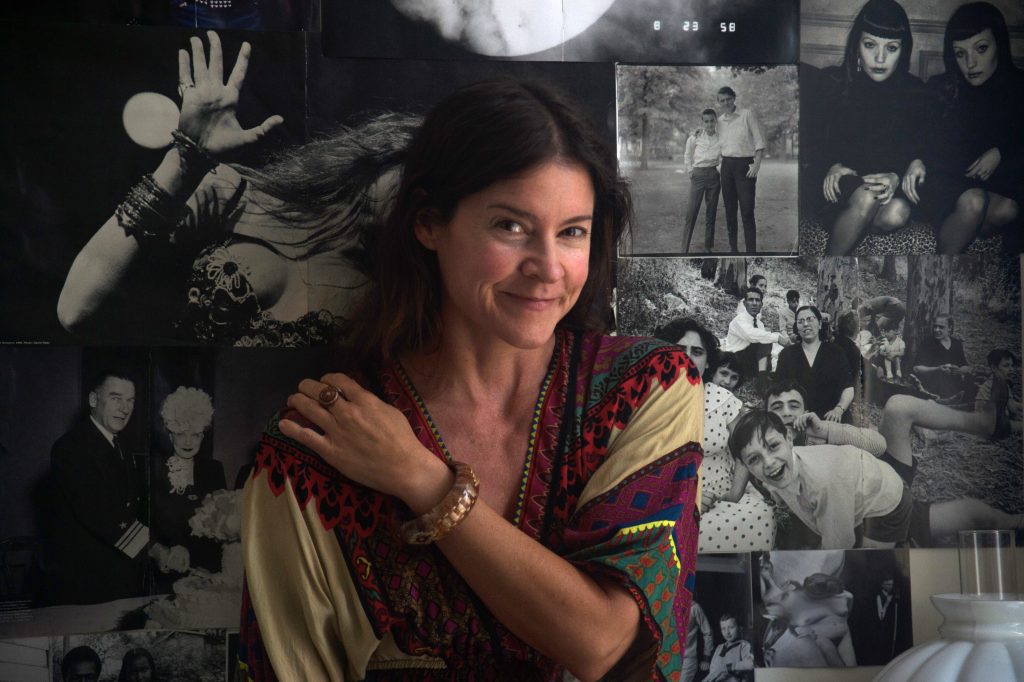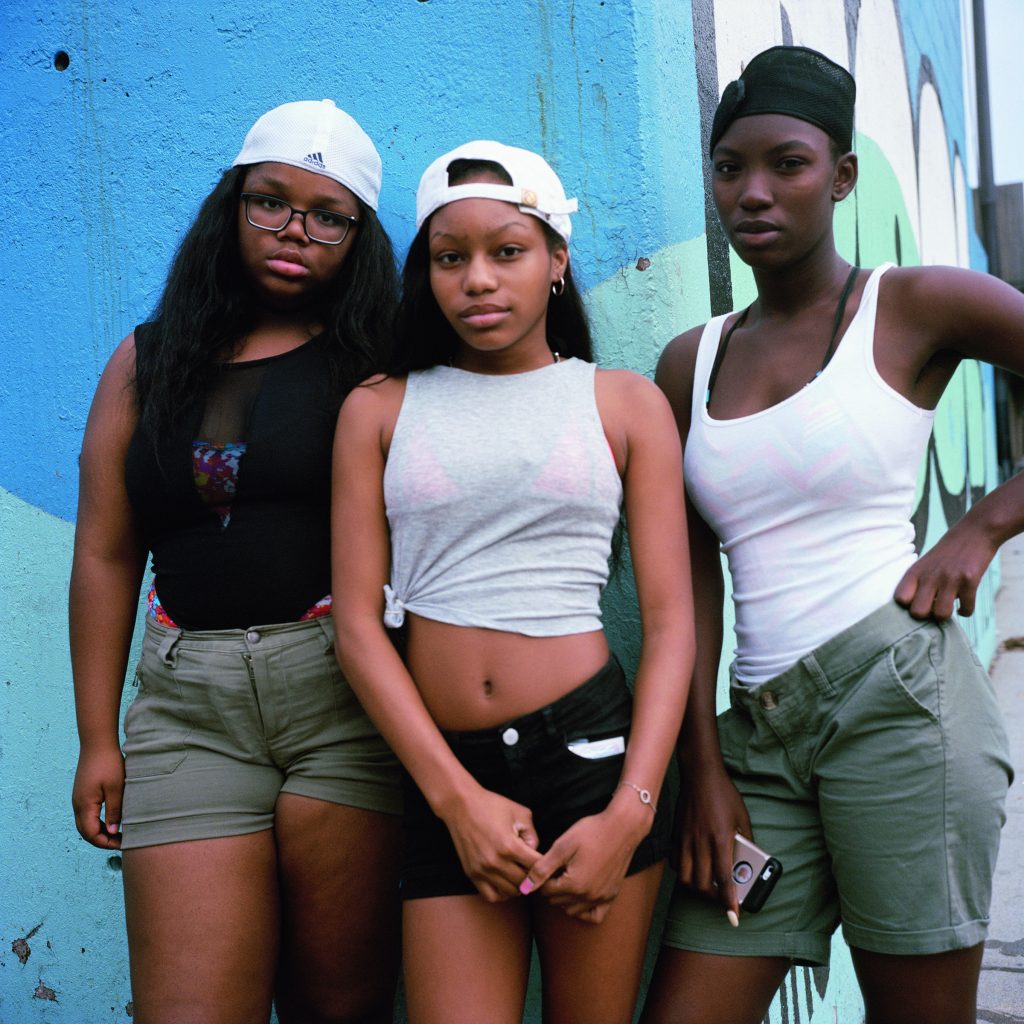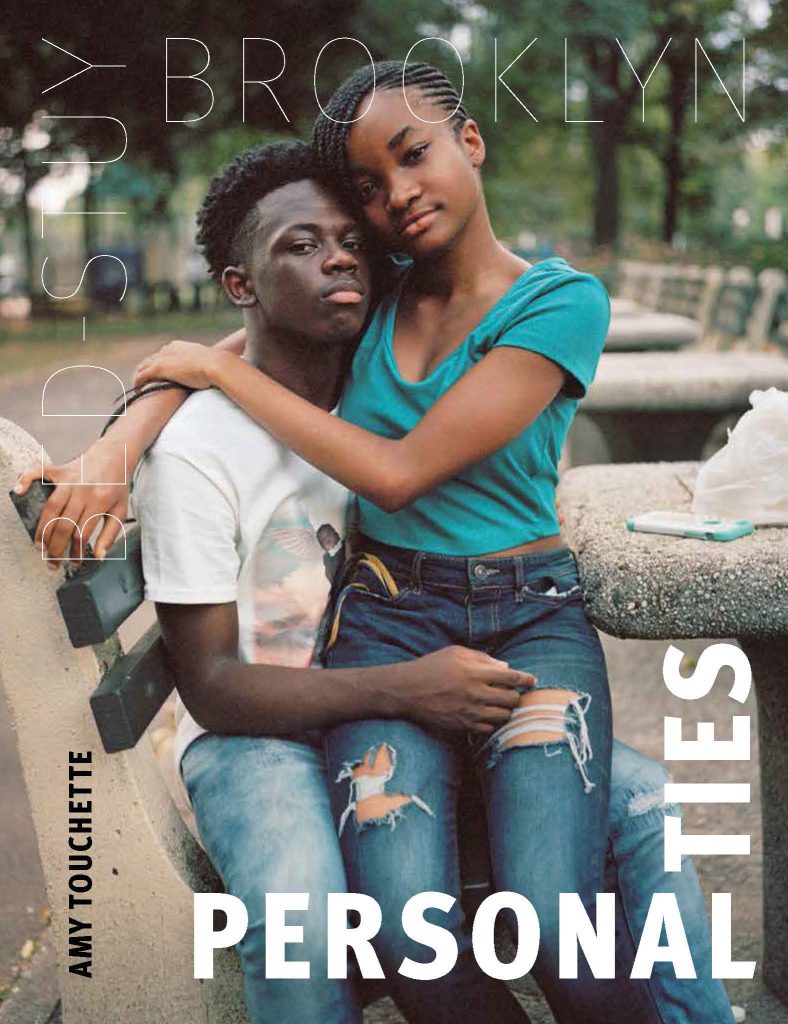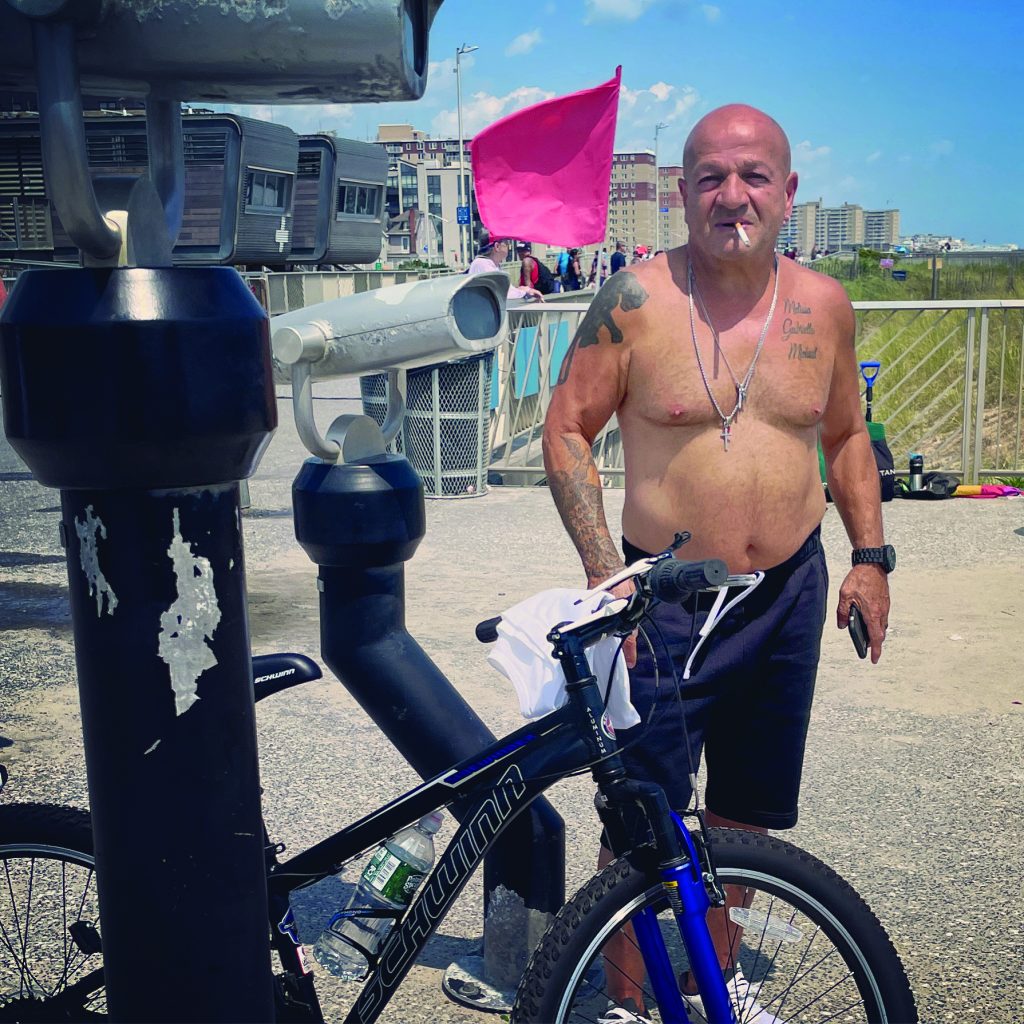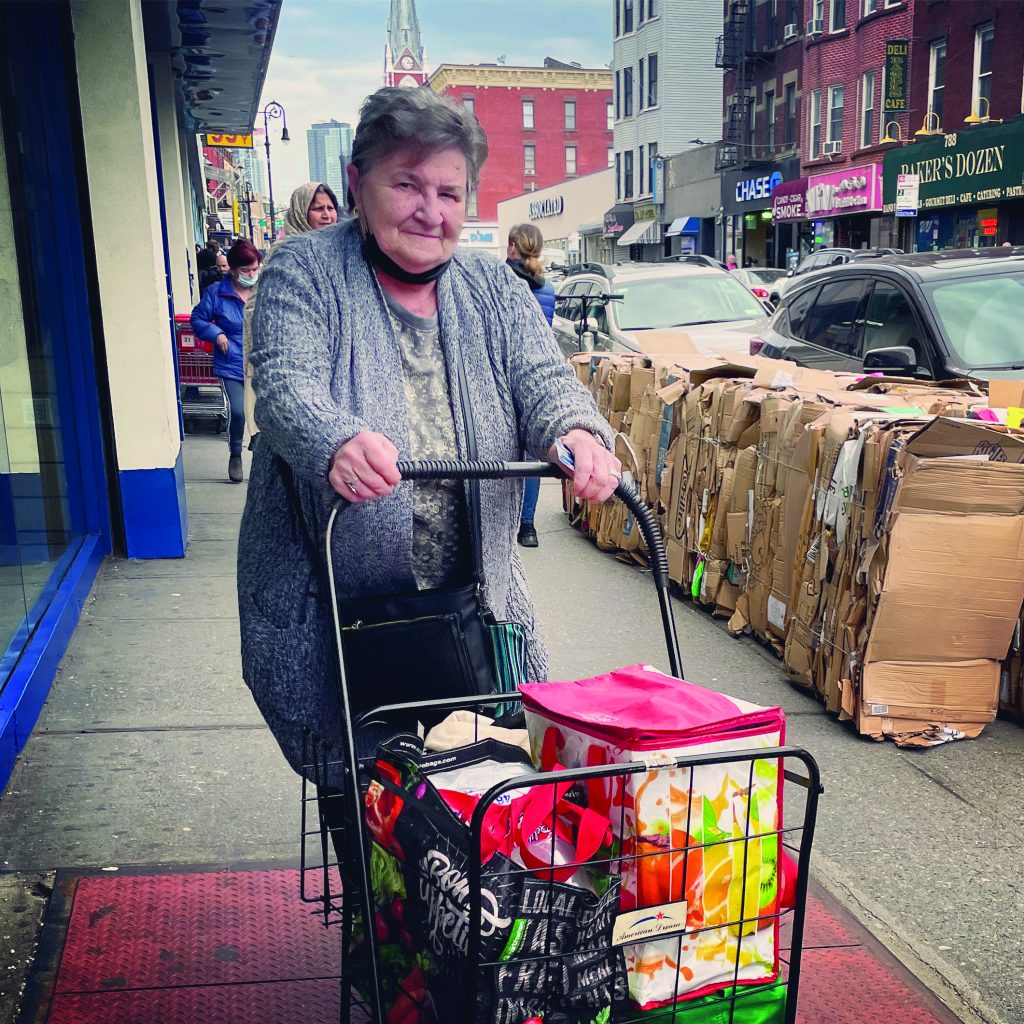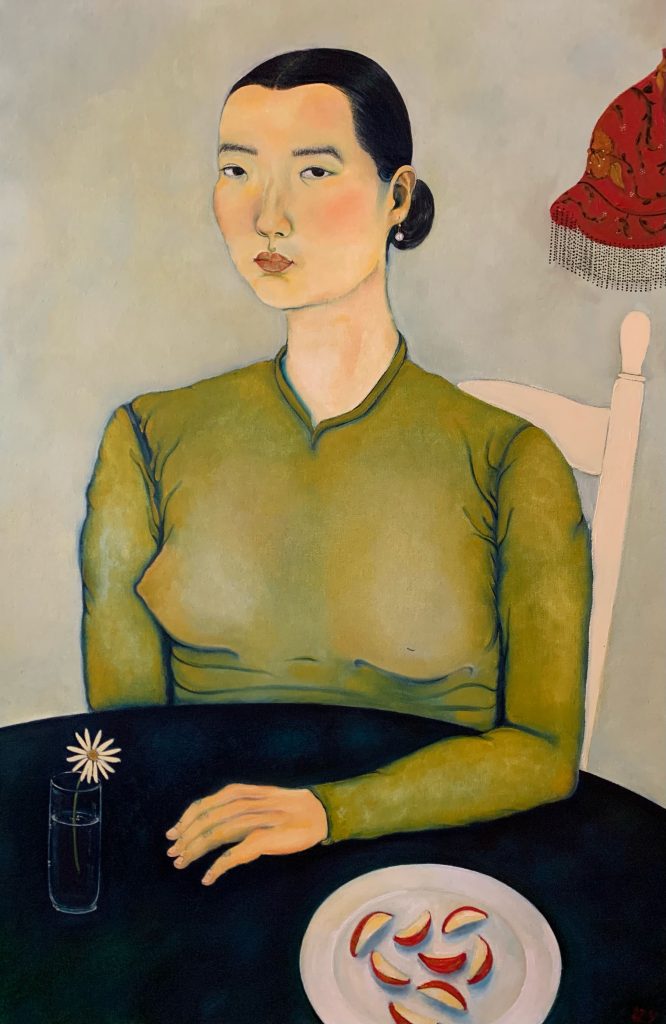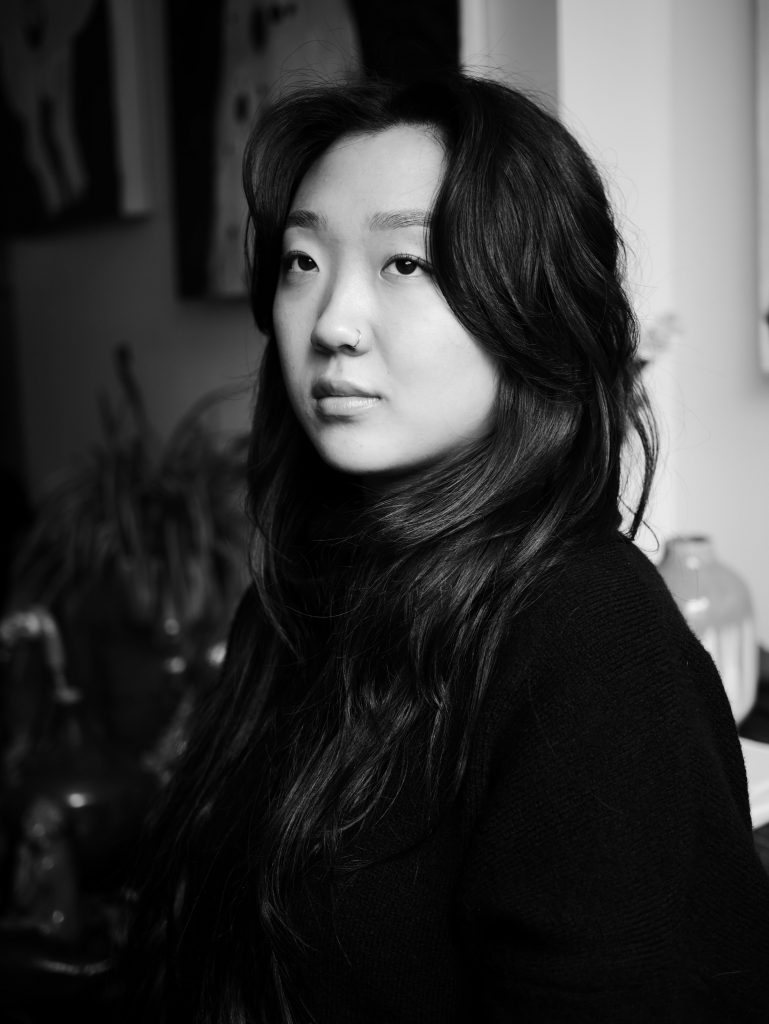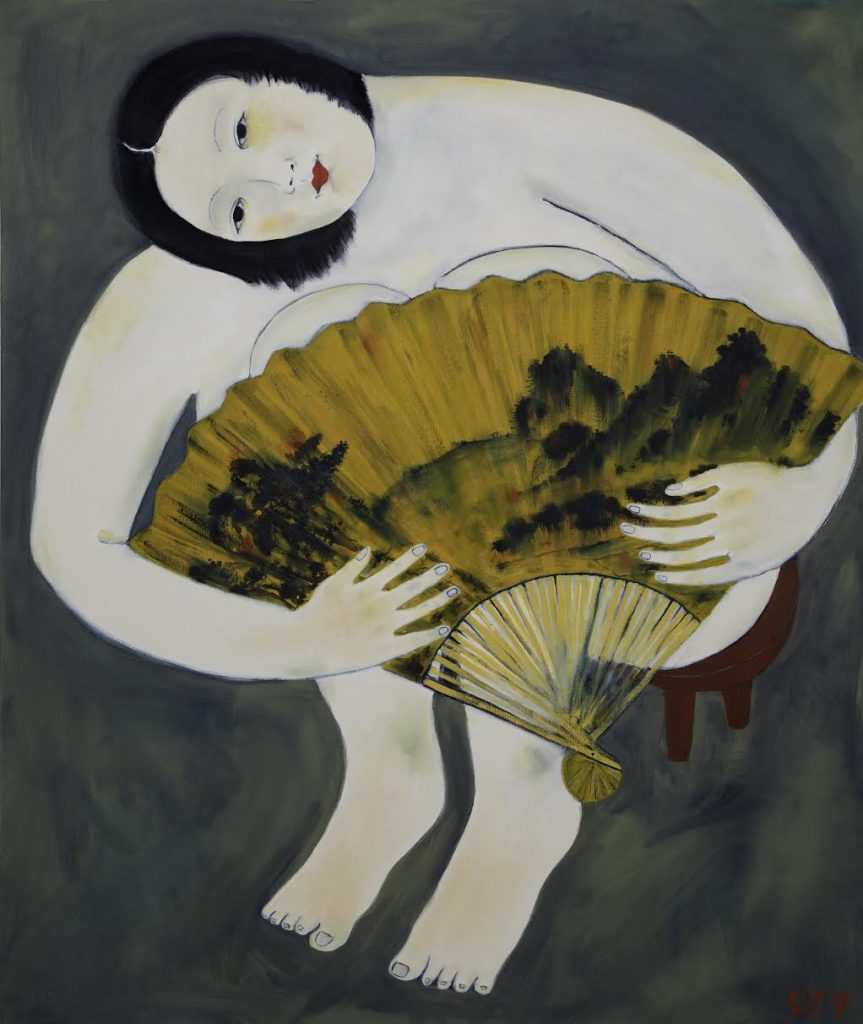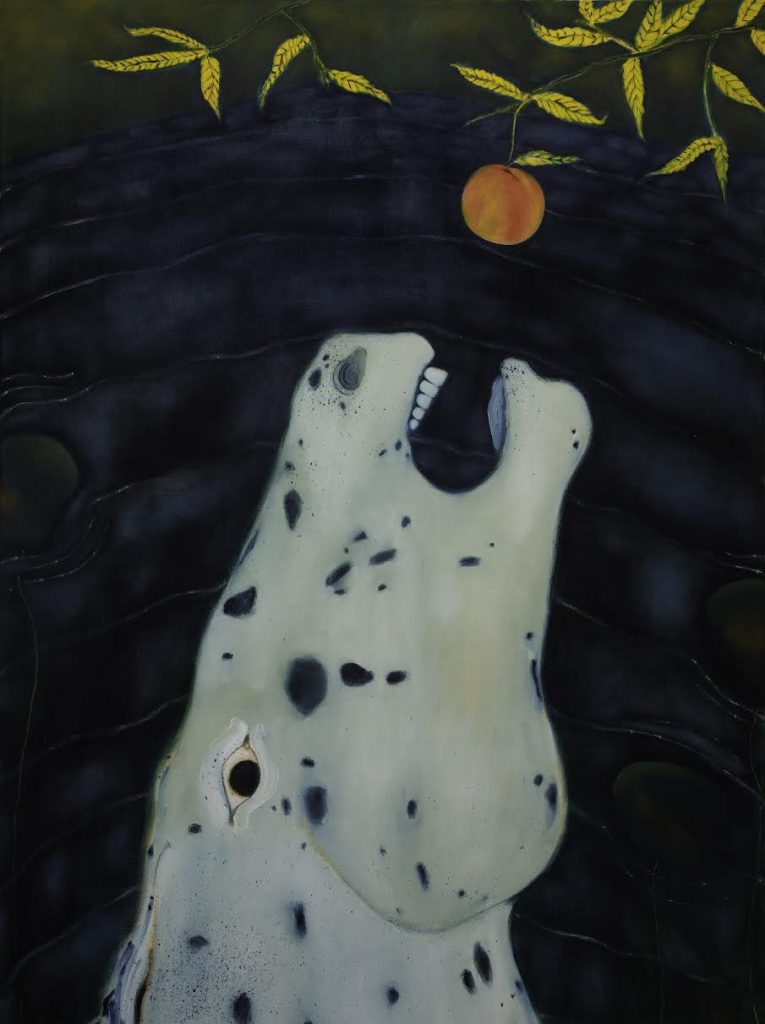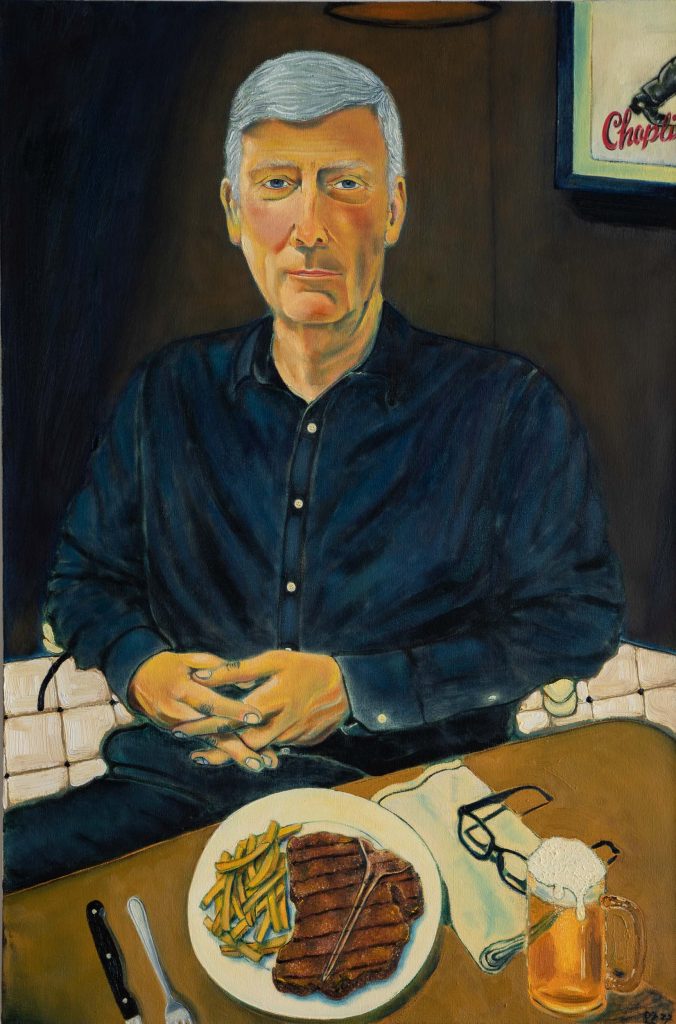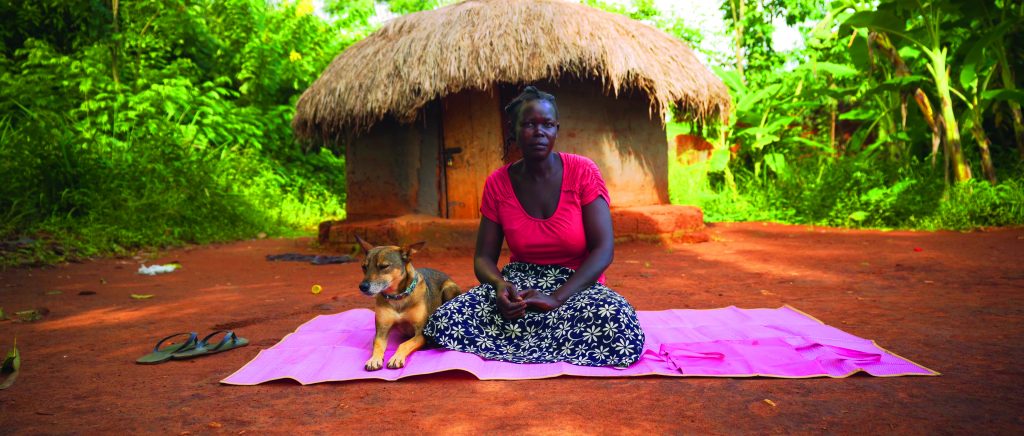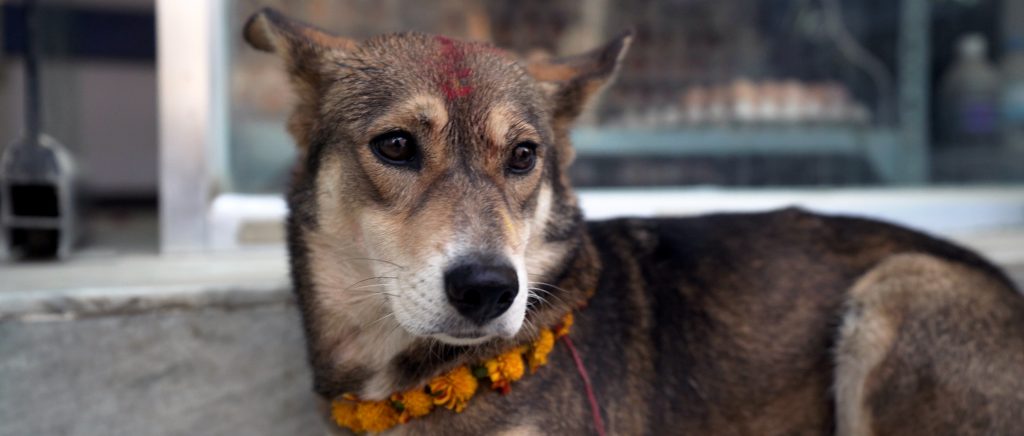Explore the latest exhibit from Park Slope Windsor Terrace Artists in partnership with ShapeShifter Lab.
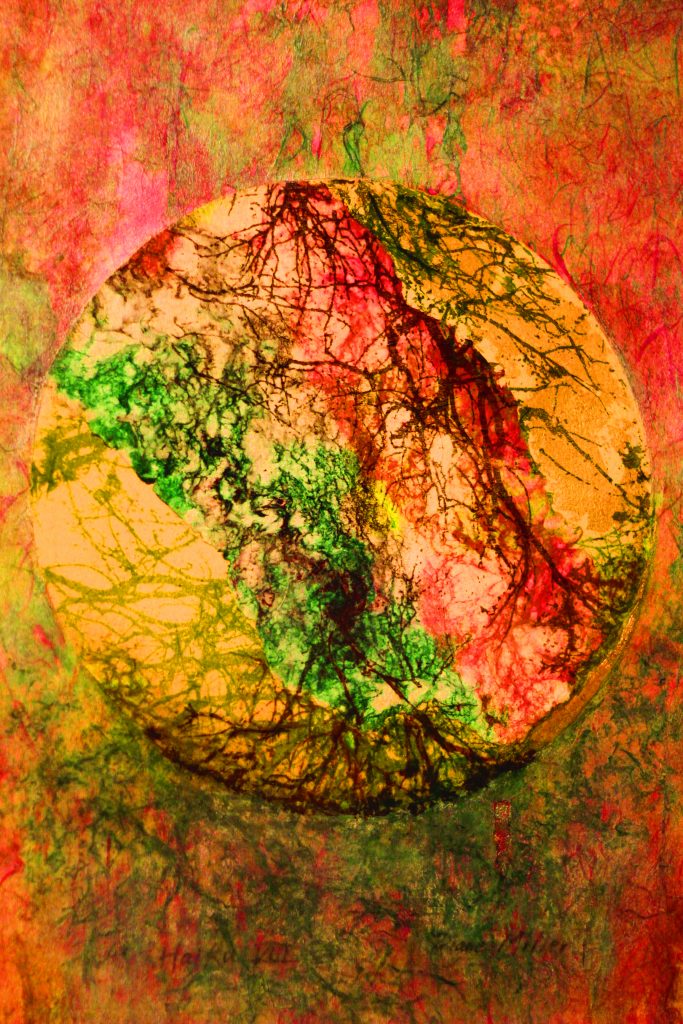
Haiku VII, 2020
28 x 21”
collage of artist-made paper, etching fragments & gold leaf
DianeMillerArtist@gmail.com
DianeMiller.org
Artistic endeavors exist on every corner of Park Slope, but even longtime residents may not be fully aware of the vast array of creative collaborations within our neighborhood. However, “Exploring Abstraction” is one art exhibit you won’t want to miss this fall.
he exhibit is displayed at ShapeShifter Lab, a music and arts space on Union Street. Business partners Fortuna Sung and Matt Garrison run ShapeShifter Plus, a nonprofit organization, and designed the Lab to be a living canvas where local artists and musicians could reimagine the space with their own works of art.
“The space is DIY, letting the artists have the freedom of how [they] want to curate the shows,” Sung said.
Currently, the living canvas of ShapeShifter features the latest collaboration with the Park Slope Windsor Terrace Artists (ArtsPSWT), a collective of visual artists living and working in the two neighborhoods.
Since the 1970s, ArtsPSWT has gathered distinguished local artists together to participate in events and showcase their work. Today, the collective is composed of over 50 artists who span the gamut of styles, techniques, and mediums. Rich Garr, who has been a member of ArtsPSWT for over 14 years, is deeply rooted in the art scene in Brooklyn. As a collage artist, Garr is skilled at connecting elements together which transfers to his ability to match artists with spaces to show their work.
“We all want to be in our studios making art, but we want to make sure it gets seen.” Garr said.
He said that members in the collective each play a different role to curate spaces and act as liaisons with the community. One of the newer members, Susan Newmark, sits on the exhibition committee for ArtsPSWT.
Newmark, whose involvement in community arts projects spans many years in the city, has organized shows at The Brooklyn Museum Community Gallery and also ran the visual arts program at Henry Street Settlement. Now, she focuses her energy to curate shows for the diverse artists in Park Slope and Windsor Terrace by partnering with ShapeShifter Lab. She noted how the process of sharing art can often be quite complicated.
“Artists all want their work to be shown…it’s the other side of creating so this is really a great possibility,” Newmark said.
ShapeShifter Lab offers the talented artists of ArtsPSWT the opportunity to do precisely what their name suggests and shift the space for each unique exhibit.
“It’s a community-based space and it allows for a lot of creativity,” Sung said.
Community and creativity go hand and hand in the current exhibit, “Exploring Abstraction,” which displays work from 11 artists including painters, printmakers, photographers and multimedia artists. Artists Shoshana Cooper, Phil DeSantis, Rich Garr, Tom Nau, Toby Needler, Susan Newmark, Chris Doogen, Diane Miller, Paula Rennis, Robin Roi, and Heidi Yockey explore a unique perspective and story through the use of a wide variety of techniques and mediums including acrylic paint, watercolor, collage, and photographs.
According to Britannica, abstract art has been historically used by artists to describe and illustrate the natural world and human civilization for centuries.
The Britannica website notes that “abstract art puzzled and indeed confused many people, but for those who accepted its nonreferential language there is no doubt as to its value and achievements.”
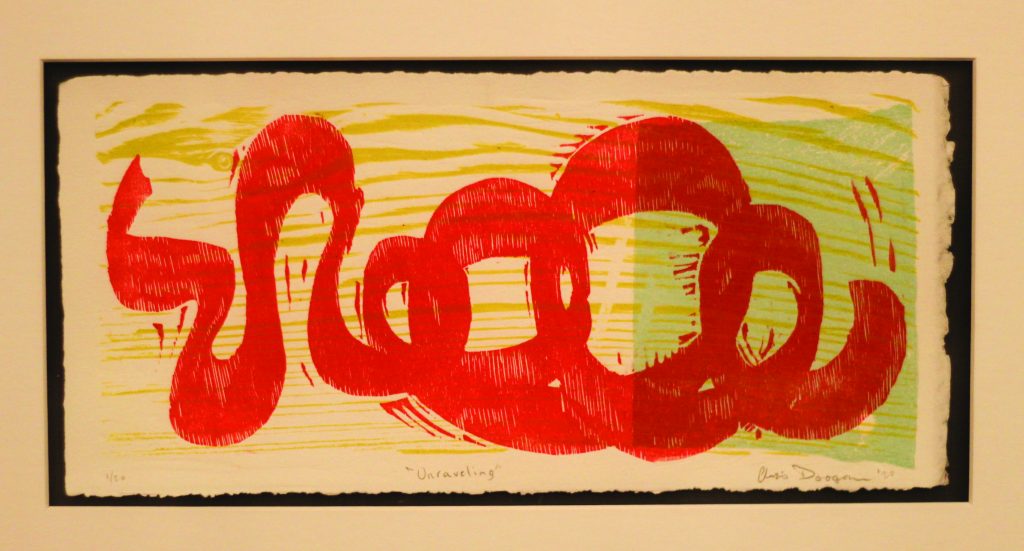
Unraveling, 2020
woodcut print, 13 x 20”
ChrisDooganArt@gmail.com
ChrisDooganArt.com
In order for the ArtsPSWT artists to display their own nonreferential masterpiece in the exhibit, they needed to provide information about their process, the content of their piece, and their unique involvement in their art form which is available for the public to read and learn more about the stories that inspired the works.
A few artists have even held workshops for people to tangibly interact with the art and ignite their own creativity. Paula Rennis, whose pieces are displayed in “Exploring Abstraction,” hosted “Unwine,” an experimental abstract painting event. Not only did participants sip wine while they painted but also painted with their wine.
“It’s a way to connect with her artwork too,” Garr said about “Unwine.” “You can have a great time as an artist exploring your own creativity.”
If you missed this workshop, don’t be dismayed because all are welcome to join ArtsPSWT for a free reception at ShapeShifter Lab on September 22nd from 2 p.m. – 4 p.m. to meet the artists and engage with “Exploring Abstraction” in all of the intricate interpretations of the theme.
Newmark believes art goes on everywhere and that it’s important to see the accomplished local artists in our community. Beyond the current exhibit, ArtsPSWT plans to continue partnering with ShapeShifter Plus to host future exhibits exploring street stories and artists who are teachers.
Until then, “Exploring Abstraction” will run through October 5th and is open to the public from 10 a.m. – 4 p.m. on Mondays, Tuesdays, Fridays, and Saturdays as well as from 12 p.m. – 3 p.m. on Wednesdays. Additionally, Sunday hours will resume on September 8th.
“I hope that when people realize the incredible amount of talent that is in their community and the diversity, they might be inspired by that.” Garr said.

